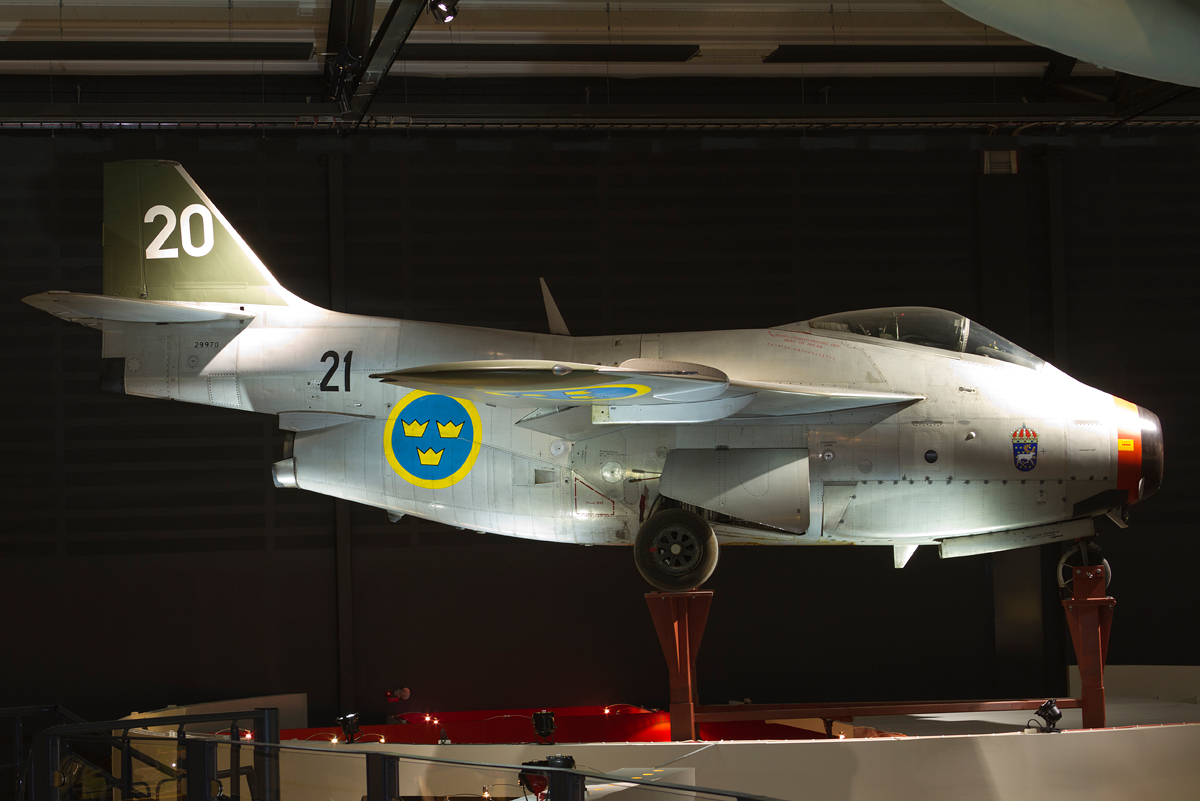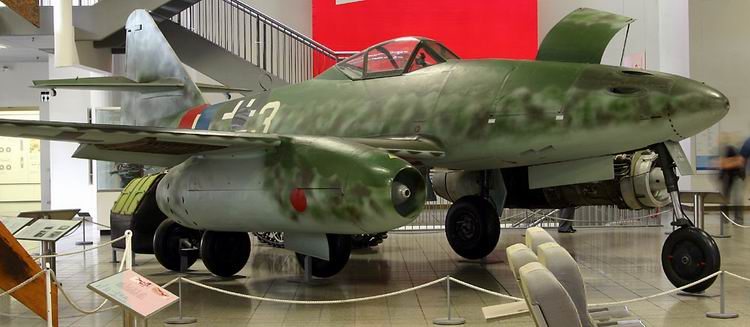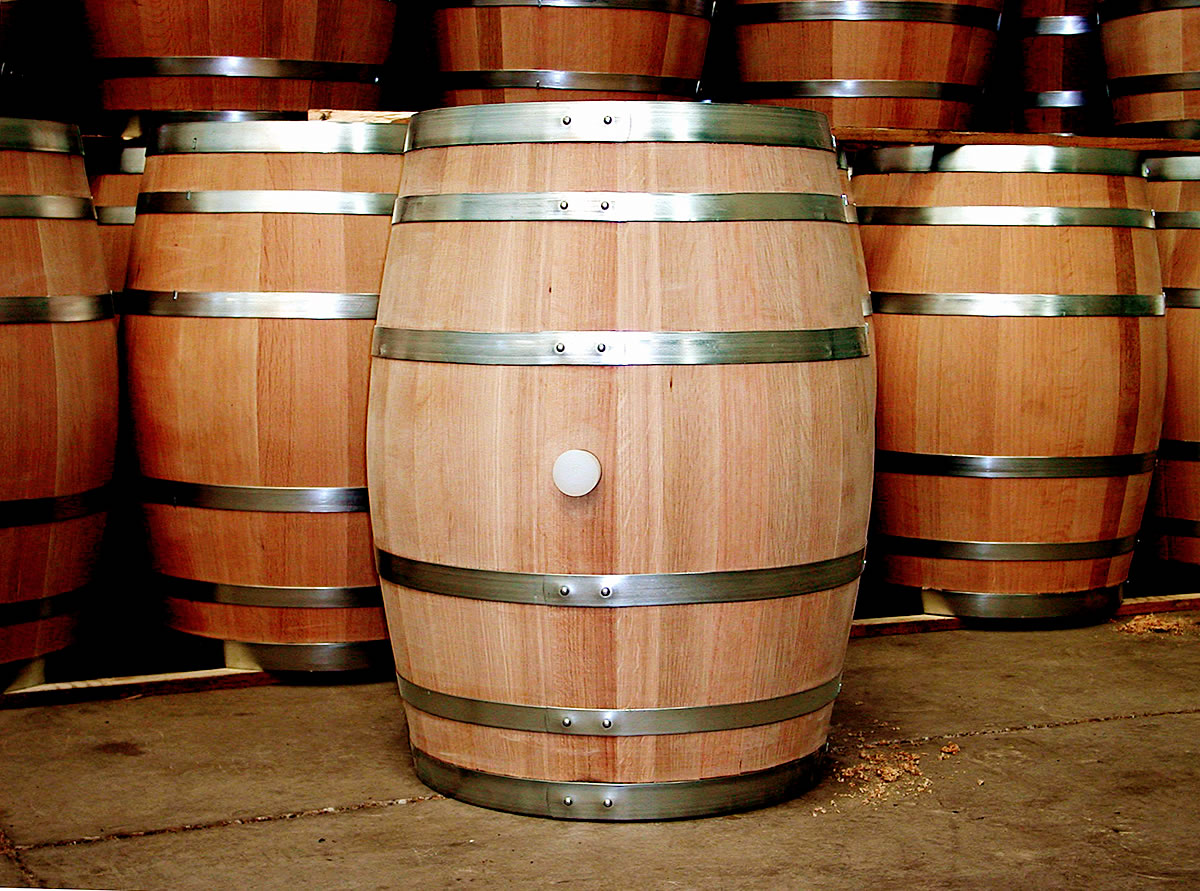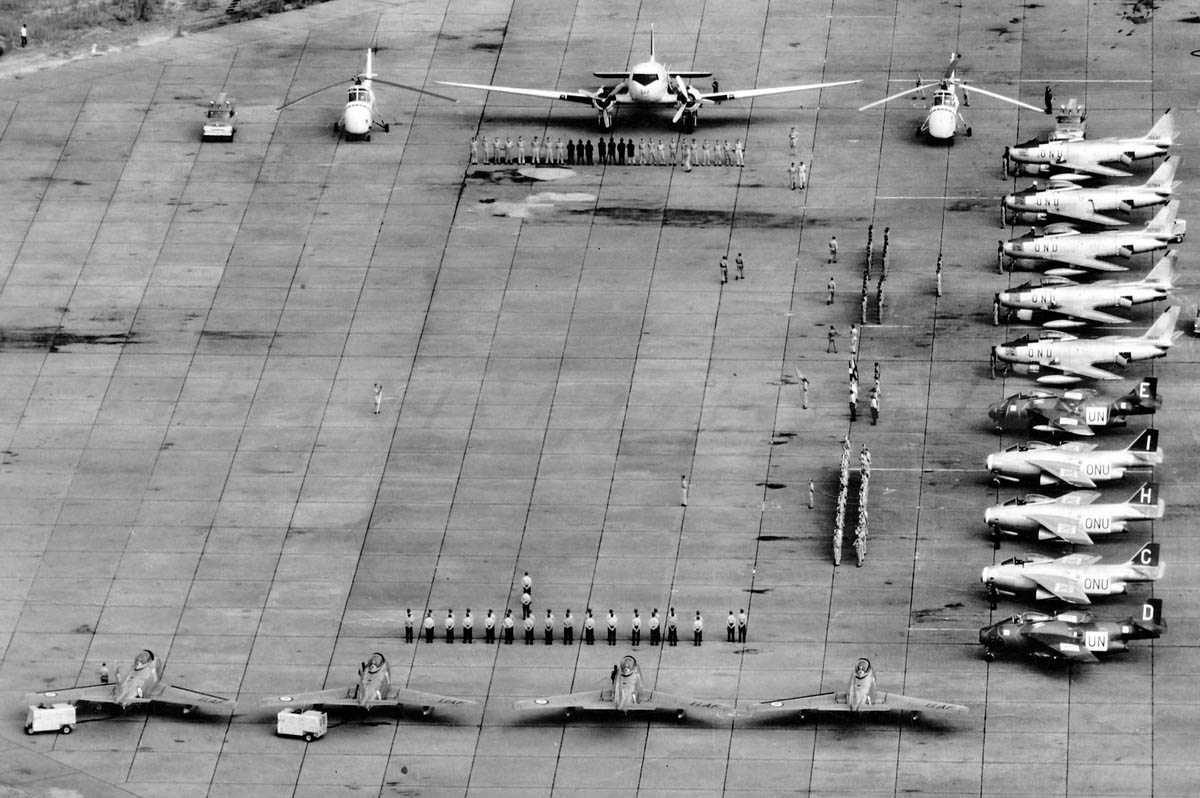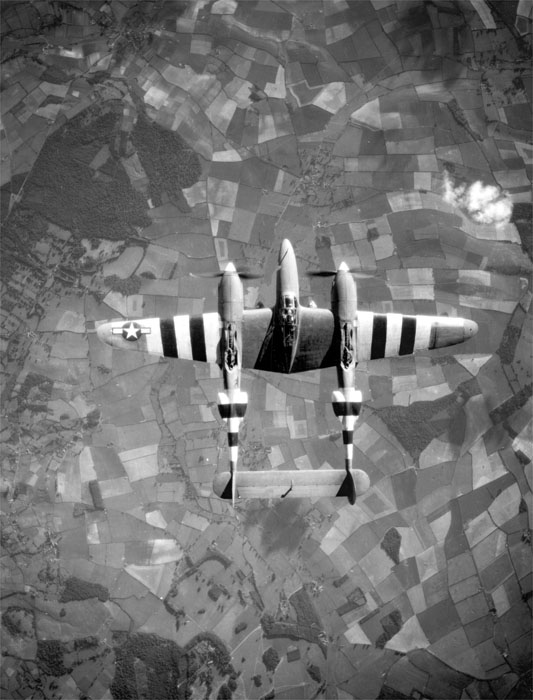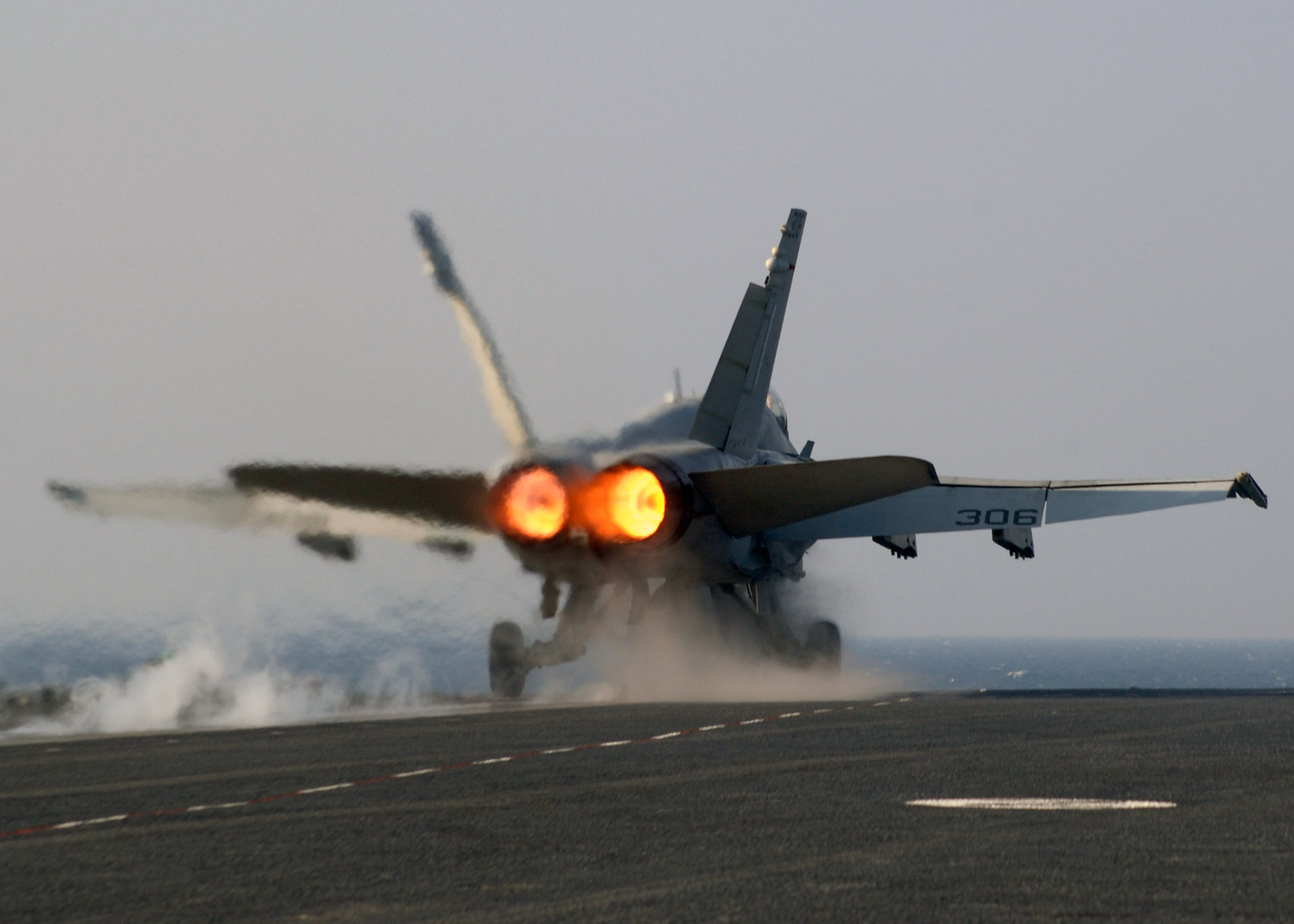|
Saab Tunnan
The Saab 29 ''Tunnan'' (''The Barrel''), colloquially also ''Flygande Tunnan'' (''The Flying Barrel''), is an early jet-powered fighter aircraft designed and produced by the Swedish aircraft manufacturer Saab. It was the second turbojet-powered combat aircraft to be developed in Sweden, the first being the Saab 21R, and it was the first Western European fighter to be produced with a swept wing after the Second World War, only being preceded in Western Europe as a whole by the Messerschmitt Me 262 built during the conflict.Boyne 2002, p. 547."1940s." ''Saab'', Retrieved: 27 March 2016. Work on what would become the Tunnan commenced in late 1945. The design, internally designated ''R 1001'', had a barrel-like fuselage due to being powered by the recently-developed [...More Info...] [...Related Items...] OR: [Wikipedia] [Google] [Baidu] |
WikiProject Aircraft
A WikiProject, or Wikiproject, is an affinity group for contributors with shared goals within the Wikimedia movement. WikiProjects are prevalent within the largest wiki, Wikipedia, and exist to varying degrees within Wikimedia project, sibling projects such as Wiktionary, Wikiquote, Wikidata, and Wikisource. They also exist in different languages, and translation of articles is a form of their collaboration. During the COVID-19 pandemic, CBS News noted the role of Wikipedia's WikiProject Medicine in maintaining the accuracy of articles related to the disease. Another WikiProject that has drawn attention is WikiProject Women Scientists, which was profiled by ''Smithsonian Magazine, Smithsonian'' for its efforts to improve coverage of women scientists which the profile noted had "helped increase the number of female scientists on Wikipedia from around 1,600 to over 5,000". On Wikipedia Some Wikipedia WikiProjects are substantial enough to engage in cooperative activities with outsi ... [...More Info...] [...Related Items...] OR: [Wikipedia] [Google] [Baidu] |
Messerschmitt Me 262
The Messerschmitt Me 262, nicknamed (German for "Swallow") in fighter versions, or ("Storm Bird") in fighter-bomber versions, is a fighter aircraft and fighter-bomber that was designed and produced by the German aircraft manufacturer Messerschmitt. It was the world's first operational jet-powered fighter aircraft and one of two jet fighter aircraft types to see air-to-air combat in World War Two, the other being the Heinkel He 162. The design of what would become the Me 262 started in April 1939, before World War II. It made its maiden flight on 18 April 1941 with a piston engine, and its first jet-powered flight on 18 July 1942. Progress was delayed by problems with engines, metallurgy Metallurgy is a domain of materials science and engineering that studies the physical and chemical behavior of metallic elements, their inter-metallic compounds, and their mixtures, which are known as alloys. Metallurgy encompasses both the ..., and interference from Luftwaffe chie ... [...More Info...] [...Related Items...] OR: [Wikipedia] [Google] [Baidu] |
Frid Wänström
''Frid'' Benjamin Filippus Wänström (May 8, 1905, Lidköping – September 11, 1988, Linköping) was a Swedish aviation engineer who after KTH Royal Institute of Technology in 1932 was employed by the flygstyrelsen (predecessor to Royal Swedish Air Force Materiel Administration), from 1936 head of the calculation department Saab AB in Linköping. Frid Wänström is mentioned for leading the work with Saab 29 Tunnan. It was the first fighter aircraft in Sweden with Swept wing. Information about arrow wings came from Switzerland and should have included drawings on Messerschmitts Messerschmitt P.1101, Me P1101, P1110, P1111 and P1112. SAAB:s project manager Frid Wänström fetched these secret papers from Switzerland to Sweden in 1945. The documents came from engineers from Messerschmitt who moved to Switzerland at the end of World War II. Frid Wänström also participated in the following Saab projects Saab 32 Lansen, Saab 35 Draken and Saab 37 Viggen. Frid Wänström was award ... [...More Info...] [...Related Items...] OR: [Wikipedia] [Google] [Baidu] |
Messerschmitt P
Messerschmitt AG () was a German share-ownership limited, aircraft manufacturing corporation named after its chief designer Willy Messerschmitt from mid-July 1938 onwards, and known primarily for its World War II fighter aircraft, in particular the Bf 109 and Me 262. The company survived in the post-war era, undergoing a number of mergers and changing its name from Messerschmitt to Messerschmitt-Bölkow-Blohm before being bought by Deutsche Aerospace (DASA, now part of Airbus) in 1989. History Background In February 1916, the south German engineering company MAN AG and several banks purchased the unprofitable aircraft builder Otto-Flugzeugwerke, starting a new company, ''Bayerische Flugzeugwerke AG'' (abbreviated ''B.F.W.'', and meaning approximately "Bavarian Aircraft Factory"). The articles of association were drawn up on 19 and 20 February, and completed on 2 March 1916. Details of the company were recorded in the Commercial Register with an equity capital of RM 1 ... [...More Info...] [...Related Items...] OR: [Wikipedia] [Google] [Baidu] |
Barrel (storage)
A barrel or cask is a hollow cylindrical container with a bulging center, longer than it is wide. They are traditionally made of wooden staves and bound by wooden or metal hoops. The word vat is often used for large containers for liquids, usually alcoholic beverages; a small barrel or cask is known as a keg. Barrels have a variety of uses, including storage of liquids such as water, oil, and alcohol. They are also employed to hold maturing beverages such as wine, cognac, armagnac, sherry, port, whiskey, beer, arrack, and sake. Other commodities once stored in wooden casks include gunpowder, meat, fish, paint, honey, nails, and tallow. Modern wooden barrels for wine-making are made of English oak (''Quercus robur''), white oak (''Quercus petraea''), American white oak (''Quercus alba''), more exotic is mizunara oak ('' Quercus crispula''), and recently Oregon oak ('' Quercus garryana'') has been used. Someone who makes traditional wooden barrels is called a coop ... [...More Info...] [...Related Items...] OR: [Wikipedia] [Google] [Baidu] |
Lockheed P-80 Shooting Star
The Lockheed P-80 Shooting Star is the first jet fighter used operationally by the United States Army Air Forces (USAAF) during World War II. Designed and built by Lockheed in 1943 and delivered just 143 days from the start of design, two pre-production models saw limited service in Italy just before the end of World War II. Designed with straight wings, the type saw extensive combat in Korea with the United States Air Force (USAF) as the F-80. America's first successful turbojet-powered combat aircraft, it was soon outclassed with the appearance of the swept-wing transonic MiG-15 and was quickly replaced in the air superiority role by the transonic F-86 Sabre. The F-94 Starfire, an all-weather interceptor using the same airframe, also saw Korean War service. The closely related T-33 Shooting Star trainer remained in service with the U.S. Air Force and Navy well into the 1980s, with the last NT-33 variant not retired until April 1997. Design and development The XP-80 ... [...More Info...] [...Related Items...] OR: [Wikipedia] [Google] [Baidu] |
Lars Brising
Lars Harald Brising (1915-1995) was a Swedish engineer and aircraft designer. He is best known for having been chief designer for Saab 29 Tunnan which flew for the first time in 1948. He became major general (the head) of the Royal Swedish Air Force Materiel Administration. Lars Brising was the son of art historiann Harald Brising. He underwent flight training in the Swedish Air Force in 1936 and graduated from the Royal Institute of Technology (KTH) in 1938. He worked at the Royal Swedish Air Force Materiel Administration 1938–1939 and then became designer at Götaverken's aviation department in 1939 and was active at Valtion lentokonetehdas in Finland 1940. Brising was then flight test manager at Saab AB, Saab 1940–1941, section manager at the Royal Swedish Air Force Materiel Administration design office 1941–1943. He became technical manager of Saab's flight test department in 1943, became project engineer in 1945, construction manager for Jet engine, jet aircraft in 194 ... [...More Info...] [...Related Items...] OR: [Wikipedia] [Google] [Baidu] |
Fighter-bomber
A fighter-bomber is a fighter aircraft that has been modified, or used primarily, as a light bomber or attack aircraft. It differs from bomber and attack aircraft primarily in its origins, as a fighter that has been adapted into other roles, whereas bombers and attack aircraft are developed specifically for bombing and attack roles. Although still used, the term fighter-bomber has less significance since the introduction of rockets and guided missiles into aerial warfare. Modern aircraft with similar duties are now typically called multirole combat aircraft or strike fighters. Development Prior to World War II, general limitations in available Aircraft engine, engine and Aerospace engineering, aeronautical technology required that each proposed military aircraft have its design tailored to a specific prescribed role. Reciprocating engine, Engine power grew dramatically during the early period of the war, roughly doubling between 1939 and 1943. The Bristol Blenheim, a typical ... [...More Info...] [...Related Items...] OR: [Wikipedia] [Google] [Baidu] |
ONUC
The United Nations Operation in the Congo (, abbreviated ONUC) was a United Nations peacekeeping force which was deployed in the Republic of the Congo in 1960 in response to the Congo Crisis. The ONUC was the UN's first peacekeeping mission with significant military capability, and remains one of the largest UN operations in size and scope. The Congo descended into chaos and disorder after it became independent from Belgium on 30 June 1960. This prompted a swift return of Belgian troops, under the pretext of restoring order and protecting its nationals. In response to the Congolese government's appeal for assistance, on 14 July 1960 the United Nations Security Council passed Resolution 143 (S/4387), which called on Belgium to withdraw its troops and authorized the UN Secretary-General to provide the Congolese government with military assistance. The first UN troops, drawn mostly from African and Asian states, reached the Congo the following day. In the face of worsening cond ... [...More Info...] [...Related Items...] OR: [Wikipedia] [Google] [Baidu] |
Republic Of The Congo (Léopoldville)
The Republic of the Congo () was the period of the history of the Democratic Republic of the Congo between 1960 and 1971. Located in Central Africa, the state was created with the independence of the Belgian Congo in 1960. From 1960 to 1966, the country was also known as Congo-Léopoldville (after its capital) to distinguish it from its northwestern neighbor, which is also called the Republic of the Congo, alternatively known as "Congo-Brazzaville". In 1964, the state's official name was changed to the Democratic Republic of the Congo'','' but the two countries continued to be distinguished by their capitals; with the renaming of Léopoldville as Kinshasa in 1966, it became also known as Congo-Kinshasa. After Mobutu Sese Seko, Joseph Désiré Mobutu, commander-in-chief of the national army, Congo Crisis, seized control of the government in 1965, the Democratic Republic of the Congo became the Zaire, Republic of Zaire in 1971; but it was reverted back to the Democratic Republic ... [...More Info...] [...Related Items...] OR: [Wikipedia] [Google] [Baidu] |
Aerial Reconnaissance
Aerial reconnaissance is reconnaissance for a military or Strategy, strategic purpose that is conducted using reconnaissance aircraft. The role of reconnaissance can fulfil a variety of requirements including Artillery observer, artillery spotting, the collection of imagery intelligence, and the observation of enemy maneuvers. History Early developments After the French Revolution, the new rulers became interested in using the balloon (aircraft), balloon to observe enemy manoeuvres and appointed scientist Jean-Marie-Joseph Coutelle, Charles Coutelle to conduct studies using the balloon ''L'Entreprenant'', the first military reconnaissance aircraft. The balloon found its first use in the French Revolutionary Wars: Campaigns of 1794, 1794 conflict with Austria, where in the Battle of Fleurus (1794), Battle of Fleurus they gathered information. Moreover, the presence of the balloon had a demoralizing effect on the Austrian troops, which improved the likelihood of victory for ... [...More Info...] [...Related Items...] OR: [Wikipedia] [Google] [Baidu] |
Afterburner
An afterburner (or reheat in British English) is an additional combustion component used on some jet engines, mostly those on military supersonic aircraft. Its purpose is to increase thrust, usually for supersonic flight, takeoff, and combat. The afterburning process injects additional fuel into a combustor ("burner") in the jet pipe behind (i.e., "after") the turbine, "reheating" the exhaust gas. Afterburning significantly increases thrust as an alternative to using a bigger engine with its added weight penalty, but at the cost of increased fuel consumption (decreased fuel efficiency) which limits its use to short periods. This aircraft application of "reheat" contrasts with the meaning and implementation of "reheat" applicable to gas turbines driving electrical generators and which reduces fuel consumption. Jet engines are referred to as operating ''wet'' when afterburning and ''dry'' when not. An engine producing maximum thrust wet is at ''maximum power,'' while an engi ... [...More Info...] [...Related Items...] OR: [Wikipedia] [Google] [Baidu] |
